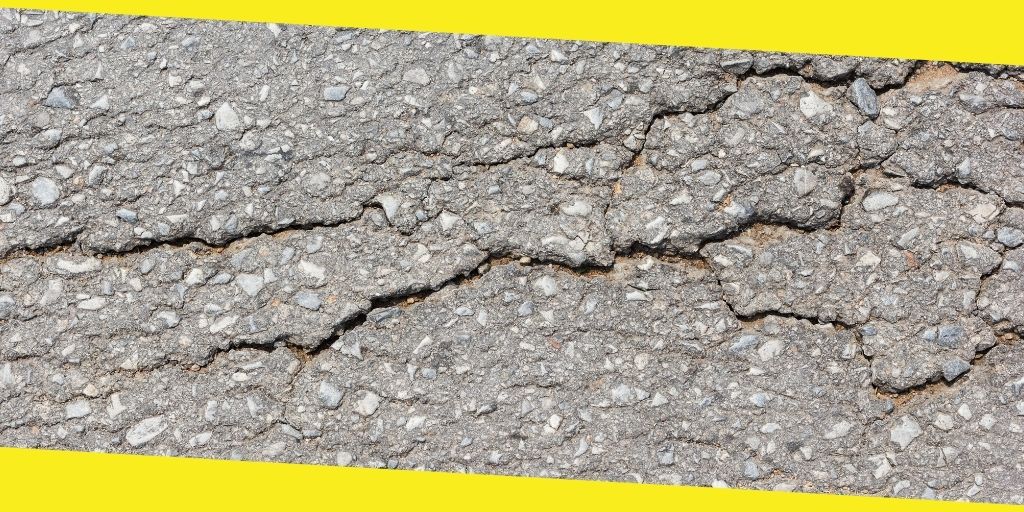
The most popular material for constructing highways and driveways is asphalt. As we see on the roads and highways around us, asphalt can generate and bumps over time. To preserve the longevity and appearance of your asphalt driveway paving, ensure you repair cracks on time. Thankfully, fixing cracks in an asphalt driveway is an easy process that requires just a DIY spirit and a couple of equipment that are easily accessible in some hardware shops.
Water that permeates underneath the surface and is compressed with warm and cool temperatures often triggers cracks of asphalt driveways. After fixing and filling the cracks and dips in your asphalt driveway, you may want to patch the driveway well to prevent future water penetration. Following the best tips for asphalt concrete driveway repair you can go through the next steps:
Preparation
- Ensure you polish the affected spots before patching the cracks so that the patching material can stick easily.
- To begin the patching, use a hammer and chisel to remove the cracked pieces of asphalt.
- Then, clear dirt and particles from the crack with a wire brush or wire wheel.
- Lastly, use a compressed air-gun or shop vacuum to clear remaining smaller particles and tiny dirt. You can use a garden hose to brush out the cracks if you do not have an air gun or a shop vacuum.
When you have properly cleaned the cracks in the asphalt, you can proceed with the patching. Please note that smaller and larger cracks require different patches. The steps below will guide you on how to patch both smaller and larger cracks.
Patching smaller cracks in asphalt (1/8 inches – ½ inches)
You need to use an instant driveway crack filler to fill smaller cracks. Tarr tape is fast and long-lasting to repair cracks in asphalt and concrete. It will also curtail further damage to the asphalt and concrete driveway, pavement, tennis court, roof, or parking space. It performs better and simpler to use than the pli stix filler.
It does not require you to cut the ropes in smaller bits to suit the cracks. The self-sealing filler is stretchable and tightly bonds to the cracks for years. You can use it for sealing works in driveways and parking spaces.
A torch-on driveway crack filler is another good alternative. It can easily and permanently repair or patch asphalt, concrete, roofs, and sporting areas. It is torch-on with a weed torch. It helps to patch the cracks, small potholes, cement joints, damaged roofs, waterproofing, etc. permanently.
Recommended: The Importance of Driveway Alarms for Home Security
Patching larger cracks in asphalt (> ½ inches)
- If the crack is two inches larger, you may choose to fill the crack with small crushed sharp gravel up to the two-inch mark. Do not use pea gravel or some other larger gravel because it can move regularly. It does not provide a suitable foundation.
- Then, you can use a steel tamper or a 4×4 wood pole to make the gravel compressed.
- Next, cover the crack with a cold-processed asphalt repair mixture like a blacktop.
- Use a tamper or a 4×4 wood pole to compress the cold-processed asphalt mixture.